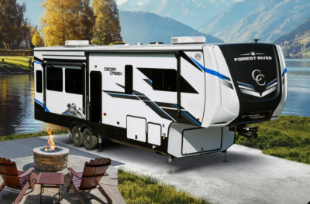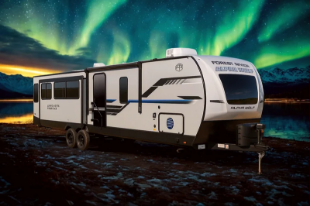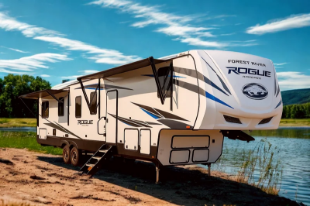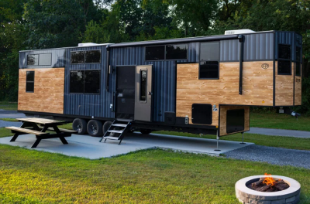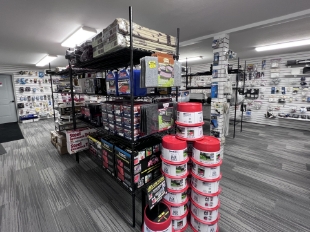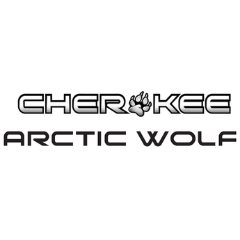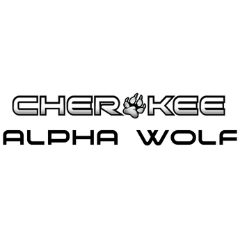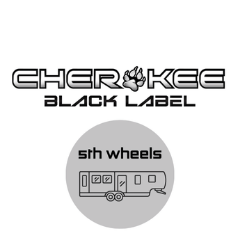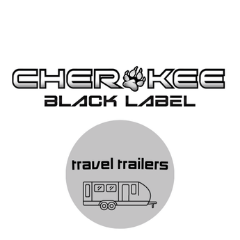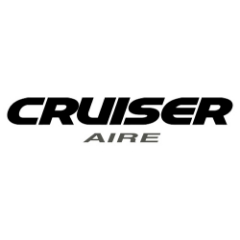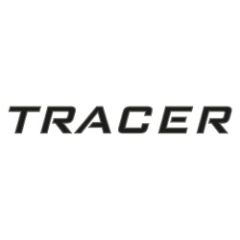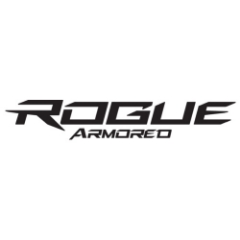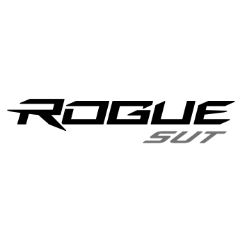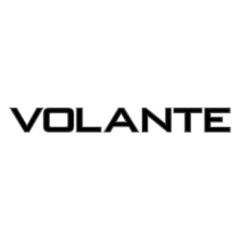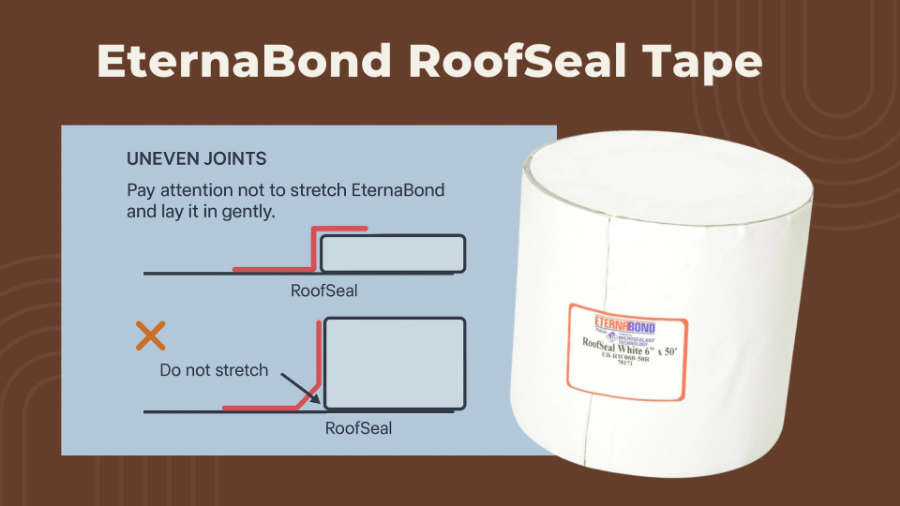Why RV Roof Protection Is a Must-Have: Cleaner & Protectant Tips for Every Camper Owner
Your RV roof is one of the most important — and often most overlooked — parts of your camper to maintain. Over time, sun exposure, rain, snow, and road grime can cause serious damage, leading to chalking, streaking, leaks, and expensive repairs.
At Roughrider RVs, we recommend treating your roof twice a year to keep it in top condition. If you’re getting ready to wash, clean, and winterize your camper, we strongly recommend adding the RV Roof Cleaner & Protectant to your routine.
Roughrider Tip: Treat your RV roof 2× per year. Apply at full strength for seasonal protection, or dilute 1:1 with water for light maintenance between treatments.
Why Roof Care Matters
Your RV roof is exposed to the elements every day, and without regular care, problems can sneak up fast:
- UV Damage — Constant sunlight breaks down roof materials and causes cracking.
- Chalking & Streaking — The white, powdery residue you see is a sign of deterioration.
- Leaks & Water Damage — Neglected roofs are more likely to develop costly leaks.
By cleaning and protecting your roof at least two times per year, you’ll extend its lifespan, prevent damage, and save yourself from expensive repairs later.
Why We Recommend RV Roof Cleaner & Protectant
This product isn’t just a cleaner — it’s a protector. It helps keep your RV roof looking like new while fighting off sun damage and premature aging.
- SPF 70 UV Blocker — Shields against harmful sun exposure.
- Deep Cleans & Conditions — Removes dirt, stains, and residue.
- Up to 6 Months of Protection — Long-lasting defense for your camper.
- Biodegradable & Non-Aerosol — Safer for your RV and the environment.
- Safe for Most Roof Types — Works on EPDM, PVC, TPO, and more.
How to Use It for Best Results
For Optimal Protection:
- Apply 1–2 times per year at full strength.
- For more frequent maintenance, dilute 1:1 with water.
Cleaning Steps:
- Sweep excess dirt off the RV roof and rinse the entire camper, including sides and edges.
- Leave the roof wet and apply the cleaner in 3–4 ft. sections.
- Agitate with a wet scrub brush and absorb residue with a sponge mop.
- Rinse thoroughly and repeat if needed for stubborn spots.
- After cleaning the roof, wash the RV exterior to remove any sediment that rinsed down.
Make It Part of Your Winterization Routine
As camping season winds down, it’s the perfect time to prep your camper for storage. While you’re washing, sealing, and winterizing, make sure your RV roof is protected. Using the RV Roof Cleaner & Protectant now ensures your roof is clean, conditioned, and ready for next season.
Protect Your RV Roof Today
Stop by Roughrider RVs to pick up RV Roof Cleaner & Protectant, or call us with questions about your roof care routine.
Visit Us: Beulah | Dickinson
Call Us: 873-2103 | 483-9844
Final Tip: A little maintenance now saves you from big repairs later. Treat your roof twice a year — especially before winter — and enjoy worry-free camping next season!
.png)
